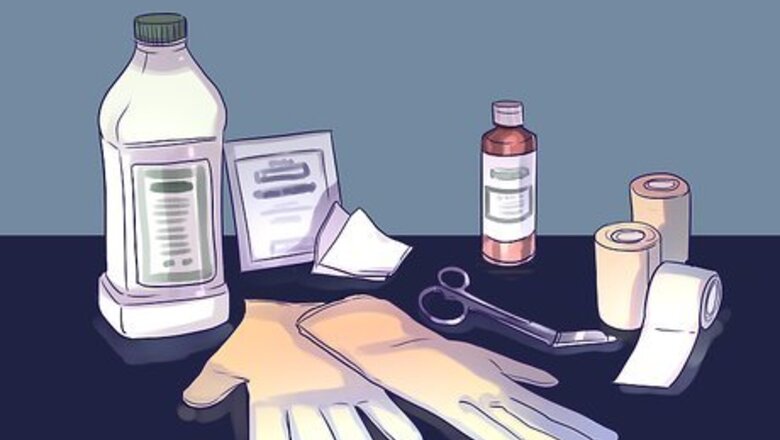
views
Preparing to Change a Wound Dressing
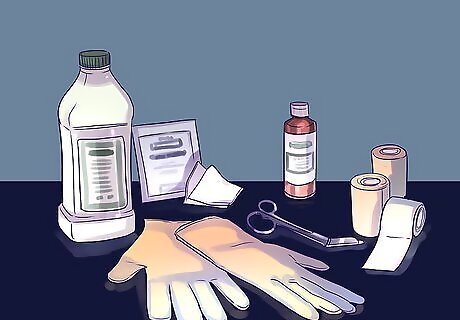
Gather all of the necessary materials. Changing the wound dressing will be much more efficient if you do not have to go looking for materials in the middle of changing your dressing. Things to gather before you begin include: A cleanser to clean the wound, such as a saline solution. Sterile dressing, like sterile gauze or a pre-packaged dressing. Tape that can fasten and stabilize the wound dressing. Disposable gloves to protect your hand from any debris found in the wound and to protect your wound from harmful microbes on your hand.
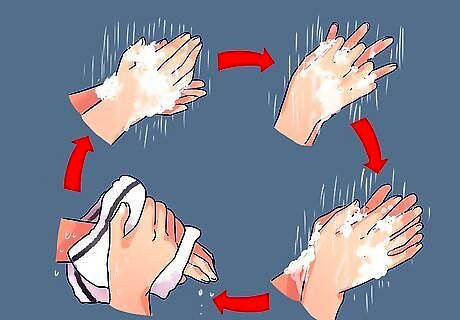
Wash your hands. This will help to remove bacteria from your hands that could transfer to the wound when you change the dressing. Hands harbor a lot of harmful microbes, thus it becomes imperative to limit the number of microbes you expose the wound to. Wash your hands with warm water and soap for 40 seconds to a minute. The World Health Organization suggests that you wet your hands. Work up soap into a lather in your hands and then scrub your palms, the backs of your hands, each finger, and all the space in between your fingers—in that order. Rinse your hands with clean water. Dry your hands on a clean towel.

Put on a pair of clean gloves. After performing the proper hand washing technique described above, you can perform wound dressing with your bare hands. However, as an added precaution, you should wear disposable gloves. Handwashing eliminates most microbes but can leave a few bacteria behind.
Changing the Wound Dressing
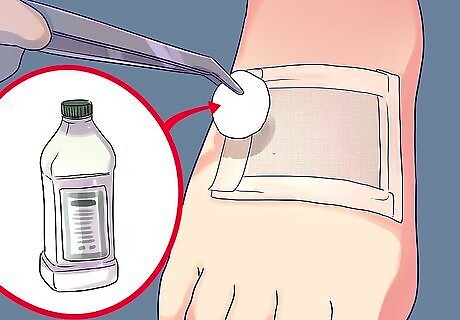
Remove the old dressing. To make this process easier, pour liberal amounts of water on the dressing so that the edges of the tape loosen up. You could also try wetting the bandage with a cotton ball that has been dipped in a saline solution. You could also use an unopened, sterile bottle of water to clean the wound.
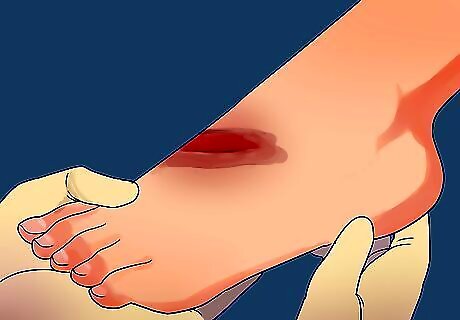
Assess your wound. When you have uncovered your wound, take a look at it to see if there are any signs of infection. Note any foul smelling odor, drainage (and what color the drainage is) and the physical appearance of the wound. It is normal to see redness and swelling during the first few days after you receive the wound, but any foul smell or draining pus, or exudate, means that your wound is infected. Report these signs to your doctor immediately.
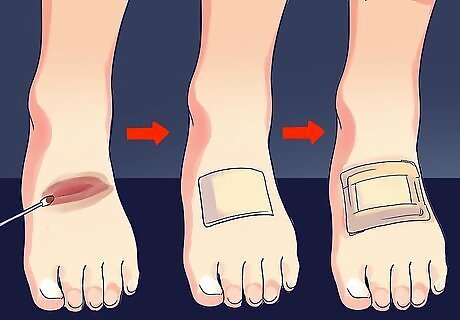
Apply the new dressing. Apply an antibiotic cream to make sure the wound is protected. Cover the wound with sterilized gauze and tape the gauze down around the edges. Do not use an antibacterial cream for an extended period of time.
Monitoring the Wound
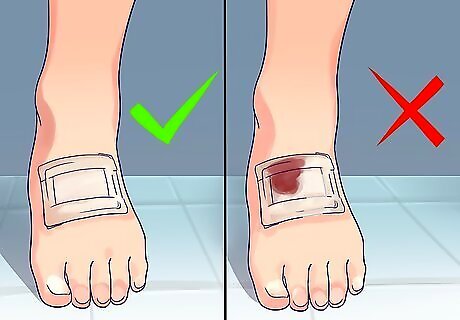
Keep the dressing clean and dry. moisture that stays on the wound can stimulate the growth of bacteria and fungus, causing the wound to become infected. If the dressing gets wet, change it. If the dressing is soiled with blood or drainage, or becomes soiled with mud or dirt, you should change the dressing.
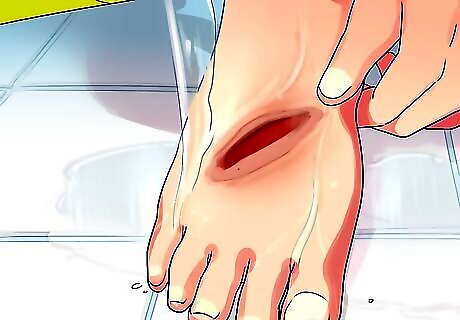
Keep your body clean. By keeping your body clean, you can limit the number of bacteria that your wound is exposed to. However, you should consider taking a sponge bath, as soaking a wound in a bathtub is likely to expose it many microorganisms. You can take a shower to clean yourself, but try to limit the amount of water that gets on the wound.
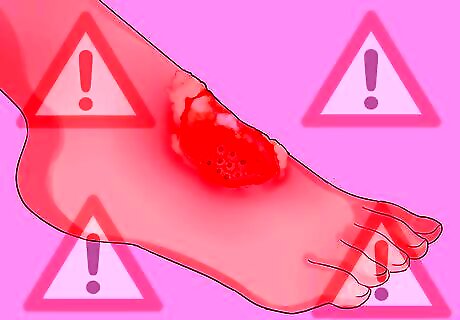
Report any unusual changes in your wound. Call your doctor if you see signs of infection, or if any strange things occur around the wound. Again, if you have a bad smelling odor coming from your wound, pus coming out of the wound, or excessive amounts of pain, call your doctor.

See your doctor if the wound is not healing. If your wound has not begun to heal after a few days, there is most likely something wrong. Set up an appointment and meet with your doctor so that the doctor can take a look at your wound.

















Comments
0 comment